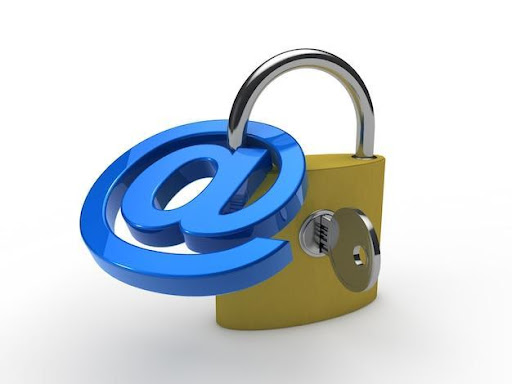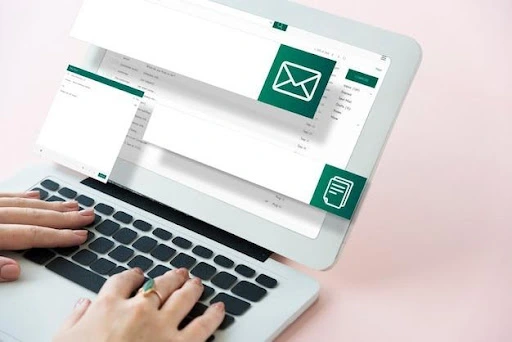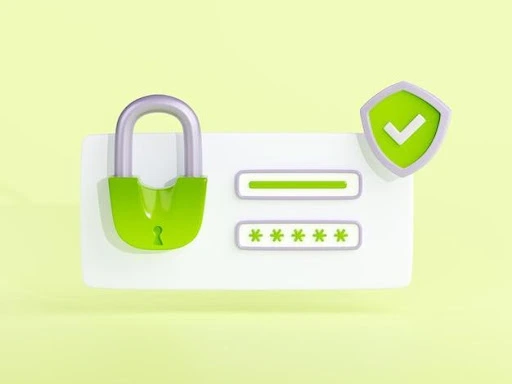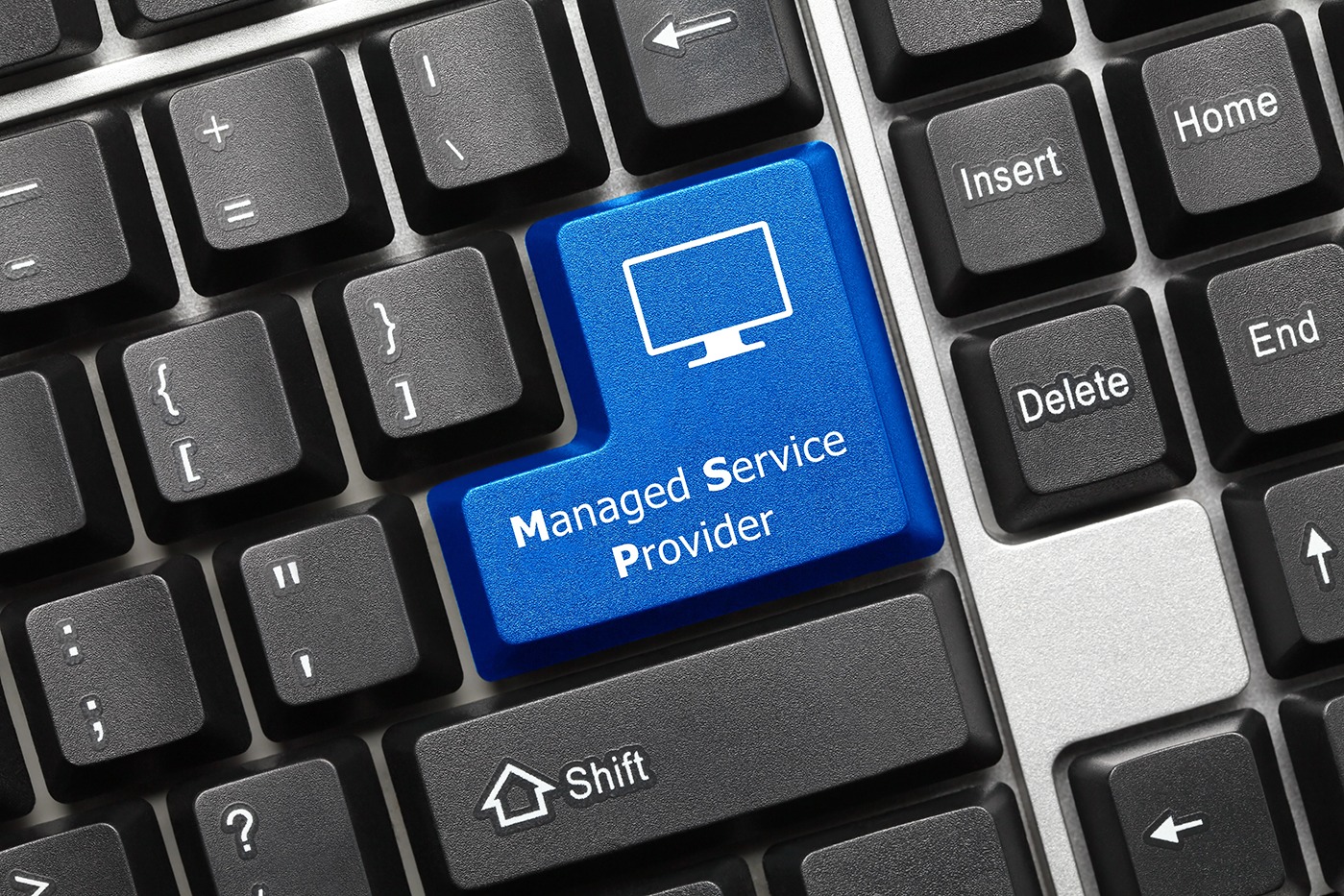Our email inbox is the gateway to our organization and needs special protection. In recent times, email attacks have become more evolved and sophisticated and also not only increased in volume. More than 91% of cyberattacks start with a phishing email. Statistics show that 62% of phishing happens by capturing the credentials of at least one user.
Organizations apply their best efforts in training employees and deploying email gateways to spot phishing attempts. Email security is a top concern for everyone, from the regular consumer to the most prominent enterprises. You can rethink your corporate email strategy with Managed Email Security services and follow a proactive email security approach.
This guide aims to provide you with a deep dive into managed services for email security. It is time to let your email security evolve.

Image Credit : img.freepik.com – Managed services
Contents
What are managed services for email security?

Image Credit : img.freepik.com – Managed email security services
Managed Services for Email Security are end-to-end services provided by a third-party vendor to your organization to implement the industry’s best-in-class email security solutions. These services attempt to take the workload off your in-house teams. In addition, these managed service providers leverage email best practices.
Companies and organizations can get successful outcomes from business email security. Instead of investing time and resources in hiring and training personnel, organizations can free up their teams and utilize them for other business operations. They can focus on incident response and other internal action items while leveraging the technical expertise of managed service providers.
Levels of email security by managed services

Image Credit : img.freepik.com
Most vendors provide Managed Services for Email Security at two levels. The service level is based on the organization’s business needs and enterprise engagement goals. These two levels are:
Business hours coverage
At this level, managed service email security is provided during office hours, which is nine hours a day, five days a week. Outside office hours, no email security is provided by the vendor. Instead, they generally provide their own email protection and security software products.
Full-time coverage
At the level of full-time coverage, the vendor provides email security for the whole day, i.e., 24 hours a day, seven days a week. This email protection is irrespective of whether or not the office teams are working or a non-working day exists.
Here, the vendor will deliver operational and strategic deliverables and provide incident management via a 24×7 SOC or security operations center.
Companies can choose any of the two levels to optimize their email security as per their needs.
What services do managed services providers for email security undertake?

Image Credit : img.freepik.com – Security
In general, managed service providers for email security perform extensive inbound filtering, which quickly sanitizes every email in your organization to protect your team from email-borne threats. Below are the services that generally managed email security service providers take care of.
Email protection
Emails are an essential aspect of business communication and carry significant information in the form of attachments and files. They need to be protected carefully to safeguard business data to and from an organization. Email Protection includes:
- Inbound email authentication
- Creating a block list and a spam policy
- Anti-spoof management with impostor display names for users
- Setup and monitoring of user directory
- SAML (Security Assertion Markup Language) Authentication uses an XML open standard for identity data transfer between two entities
- Configure and track exceptions for users and groups
- Monitor SMTP queues
- Validation and management of TLS domains that store and manage the server’s verified certificates in a domain-indexed repository
- Configure routing for new domains
- Monitor out-of-the-box folders and mailboxes for failed actions
- Add or remove URLs to the block list and exceptions list
- Provide notice of at-risk incidents
Inbound filtering
Inbound spam filters emails sent to your inbox to sort out spam. Generally, when spam emails are sent to your inbox, the service provider uses an inbound spam filter to block them. Filtering inbound spam ensures secure and manageable inboxes.
Current inbound spam filters use a variety of machine and human intelligence-based logic to sort emails. These systems use locality-sensitive hashing or heuristics techniques to reduce messages to a simple numerical representation.
These filters identify the sender by the IP address from which the message originated. With SMTP email servers, it is almost impossible to fake IP addresses.
Outbound filtering
Outbound mail filtering filters emails sent by internal users before sending them out. Then, content and malware filtering engines scan the emails, and any malware-containing email is processed according to the configured actions. Once it is found to be safe, it goes to the next stage for further processing.
Filter software uses remote command checks to execute any remote commands in email. In addition, the applicable disclaimer is added next to the email if configured. The email is then monitored, and the appropriate actions are taken.
Advanced threat protection

Image Credit : img.freepik.com – Threat protection
Managed services also provide advanced threat protection or ATP as part of email security solutions. It helps to protect sensitive data against cyberattacks, such as phishing campaigns and malware. ATP also includes cloud security, real-time threat visibility, endpoint security, and predictive security measures.
Email encryption
Email encryption services use software or cloud email security application to protect an organization’s emails and critical information from cyber threats, such as malware, phishing, and impersonation attempts. Email attackers generally use social engineering in their attacks.
Email encryption software scans all inbound emails for key indicators of phishing. These include brand spoofing and real-time impersonation attempts using DKIM, SPF, and DMARC authentication techniques. It also uses email header analysis to identify and block phishing emails before they reach the intended users.
DLP or data loss prevention
Data loss prevention, or DLP, comprises processes and tools that ensure the security of sensitive data and prevent its loss, misuse, or unauthorized user access. Data loss prevention software and tools filter data streams on corporate networks and monitor and control endpoint activities and cloud data.
DLP software sorts out confidential and business-critical data. It identifies any policy violation defined by the company, driven by various regulatory compliance such as PCI-DSS, HIPAA, or GDPR.
In case of any violations, DLP software issues alert and performs encryption and other remedial measures to prevent end users from maliciously sharing data that can be a risk hazard.
Compliance Control
Email security compliance consists of laws ensuring the privacy and security of email information. Managed services typically monitor, maintain, and enforce policies and controls to safeguard the confidentiality of electronic communications. They achieve this through ongoing monitoring efforts or regular email audits.
Analysis, review & reporting
Managed email security services provide additional value with regular software health checks. Their team stays ready with up-to-date patches and product releases for the organization’s business solutions. They also take care of ticket support, issue escalation, and follow-ups.
An essential part of managed email services is program management and Defect Tracking reporting. The reports include incident tracking, weekly checkpoint calls, executive-level reporting and monitoring, executive summaries, and other reports crucial for business stakeholders.
Conclusion
Email security is vital for your organization’s business health. Hiring a Managed Service Provider or MSP ensures high-quality security and protection for your business from unauthorized access, data breaches, and other email security threats.
Managed Services maintain, manage, and monitor a company’s email technologies. In addition, they provide efficient email security solutions to secure your mailing system against spoofing and phishing.
FAQs
Q1. Is there any difference between a regular email and a secure email?
Regular email only enables sending the email to the recipient’s inbox. It does not involve any additional security options or checks, which makes it susceptible to threats and cyber attacks. Secure email provides the user with security measures such as processing sensitive data or blocking suspicious or incorrect emails, files, and recipients.
Q2. Why should I invest in email security?
The actual return on investment depends on factors such as the number of licenses, the chosen package, and the contract duration. Organizations should note that any business data leak costs several times higher than the email security investment.
Q3. What are some crucial email threats today?
Phishing emails and cyberattacks are external threats. Besides, unsolicited mass emails or spam, business email compromise, malware, ransomware, DDoS, or distributed denial of service attacks are all common email threats.
Q4. What is the encryption of email in transit?
When an email is encrypted in transit, no other member on the network traveling through it can read it other than the recipient. TLS, or Transport Layer Security, is the standard means of email encryption in transit.
Q5. Do encrypted emails still pose a security threat?
Encryption only protects the sender’s email, files, or internet connection. However, it does not prevent you from other online threats. For example, your online accounts could still be vulnerable to hacking.














